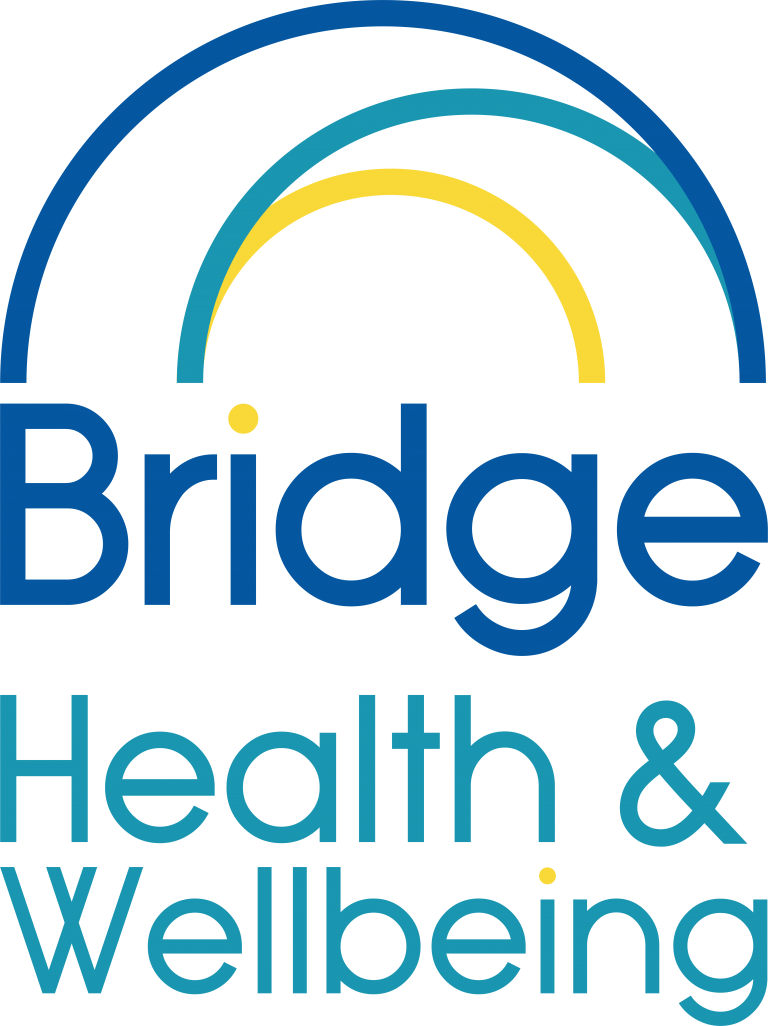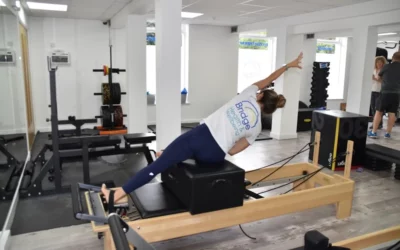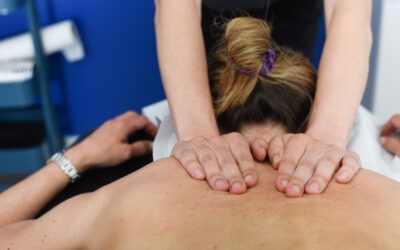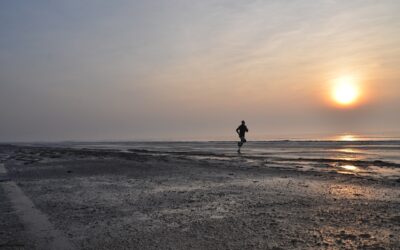What is Achilles tendinopathy Commonly called Achilles tendinitis, it is an overuse injury very common throughout all stages of life. You can have insertional or mid-substance symptoms, depending on its location, with insertional symptoms being lower on the heel and mid-substance symptoms being higher into the tendon itself.
Lower limb anatomy:
The Achilles tendon is the biggest and strongest tendon in the body. It can accept and produce very high levels of force and is vital in activities like running, jumping and landing. The tendon itself extends down the back of the calf and is made up from the gastrocnemius and soleus muscles. At its insertion in the heel bone it is approximately made up of 1/3 gastrocnemius and 2/3 soleus
Lower limb muscle action:
The main action of the calf muscles is to plantaflex the ankle (point the toes). The gastrocnemius muscle crosses the knee joint so works primarily when the knee is straight. The soleus, however, doesn’t cross the knee so it mainly works when the knee is bent. Knowledge of this is very important when we rehab our patients as we need to work in both positions.
What are the signs and symptoms of Achilles Tendinopathy:
The main symptom you will experience is pain in the tendon, usually first thing in the morning or after a long period of rest like sitting or driving. The tendon will feel stiff and sore until it warms up, which can take up to an hour if the tendon is very irritable. You might also notice that the tendon is thickened and it could be sore to touch. When exercising you will be aware of the tendon when you start and in most cases it will ease allowing you to exercise with minimal symptoms. After exercising you will notice discomfort, especially the following morning.
What is the treatment for Achilles Tendinopathy:
The recommended treatment for all tendon problems is reducing the real aggravating (usually impact exercises) factors alongside graduated loading. Initially, if the tendon is very sore we will use isometric holds (standing on your toes and holding). We then move to high repetition exercises with lower load (heel raises on flat ground). As the symptoms improve we then move towards lower repetitions with higher loads (weight heel raise on a step). It is also important to assess the rest of your lower limb strength and conditioning to make sure your kinetic chain is working well.
For achilles rehabilitation exercises please visit our YouTube Channel.
Achilles tendinopathy is a condition that we have a great deal of experience treating at Bridge Health & Wellbeing. Please do get in touch if you have any of the symptoms noted or would like some more information or if you would like to book an initial consultation then please book now.
Online Physiotherapy is an excellent addition to the clinical services here at Bridge Health & Wellbeing in Christchurch Dorset. It is proving extremely valuable through the covid pandemic. Although it is a different or alternative way of providing therapy, it is by no means a second-best. So please do contact us for an appointment on 01202 473800 or email info@bridgehw.com.

Paul O’Connell (MSC, BSC, HCPC, MCSP) is a physiotherapist with two decades of clinical expertise. He has worked right across the UK, from North Yorkshire and London to Hampshire and Dorset. Sports medicine is one of his areas of special interest: he has worked both on the touchline and in sports injuries clinics, and now lectures on the Sports Therapy programme at Bournemouth University. Having spent several years managing physiotherapy and health assessment teams in two key Nuffield Health hospitals, Paul also has an extensive understanding of orthopaedic surgery.



